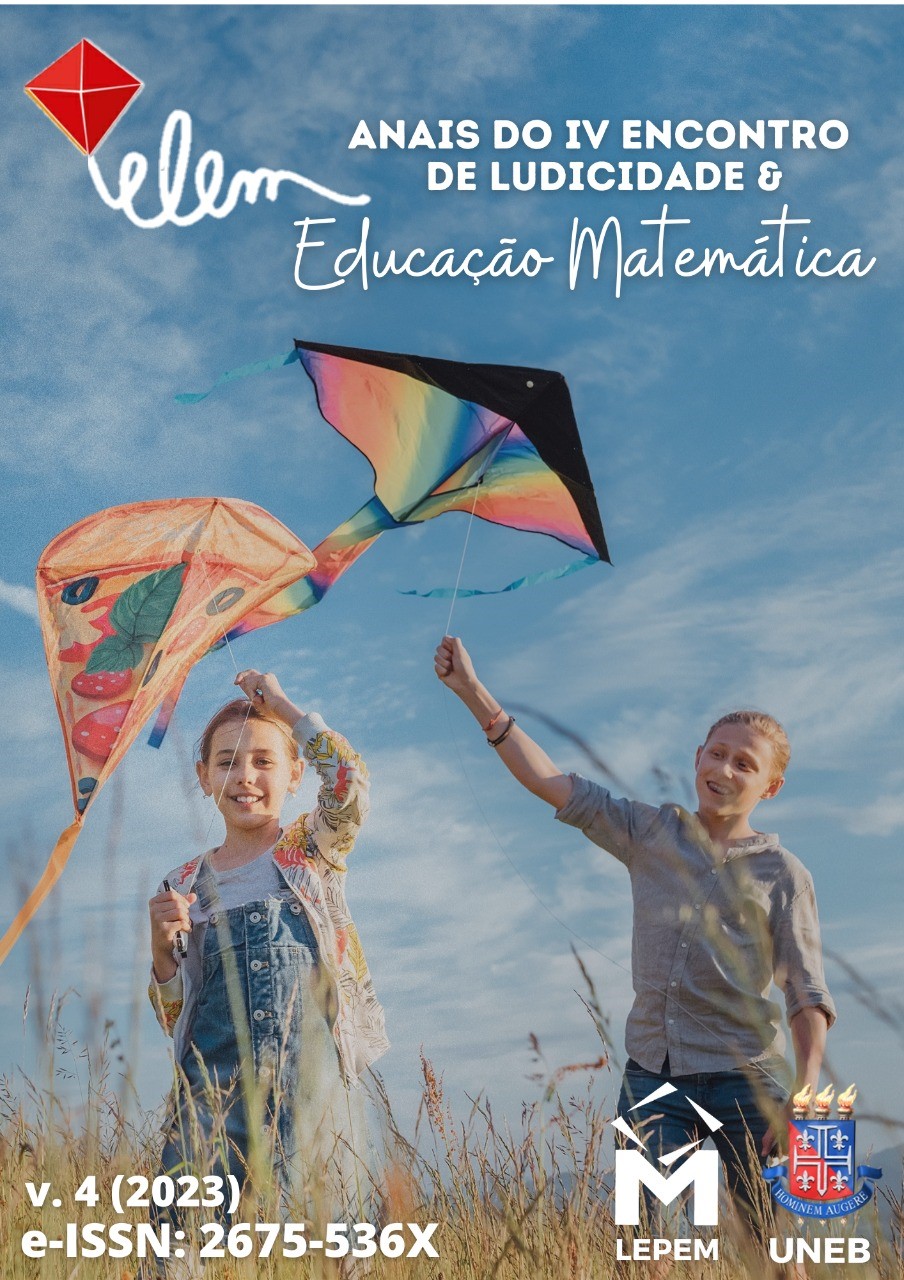TEACHING GRAPHS AND PERCENTAGES OF ELECTIONS: REPORT OF AN EXPERIENCE WITH EIGHTH GRADE STUDENTS
Keywords:
Teaching Mathematics, Creative Insubordination, Graphics, PercentageAbstract
Based on creative insubordination, we believe in the feasibility of discussing topics that go beyond mathematical content through more attractive and creative mathematics classes for students. Thus, the present work aims to describe a didactic sequence on graphs and percentages, created based on students' concerns about the elections that took place in the country in 2022. Such classes were applied in a city in the interior of the state of São Paulo, with 24 students from an eighth year elementary school class aged between 13 and 15, in a state school classified as extremely vulnerable by the Vulnerability Indicator – QM. To carry out the activity, students were invited to simulate a polling station, simulating voting in the second round of elections, having to choose a candidate for the position of president of the country and another for governor of the state of São Paulo. After the voting simulation, they were able to count all the votes and created column graphs representing the number of votes for each candidate and calculated their respective percentages. In the end, it was possible to make a percentage comparison between the room simulation and the real numbers of cities in the region, the state of São Paulo and Brazil. We consider that the students actively participated in the proposed activities and with their enthusiasm it was possible to address, in mathematics classes, issues related to citizenship and the conduct of a polling station.
Downloads
References
ALMEIDA, Anne. Ludicidade como instrumento pedagógico. v. 12, 2009. Disponível em: https://www.cdof.com.br/recrea22.htm . Acesso em: 03/10/2023.
BRASIL. Lei no 9.504/1997. Disponível em: http://www.planalto.gov.br/ccivil_03/leis/L9504.htm . Acesso em: 14/09/2023.
D'AMBROSIO, B. S., LOPES, C. E. Insubordinação Criativa: um convite à reinvenção do educador matemático. Bolema: Boletim De Educação Matemática, 29(51), 1–17. 2015. https://doi.org/10.1590/1980-4415v29n51a01
SÃO PAULO (Estado). Currículo Paulista. São Paulo: Escola de Formação dos Profissionais da Educação (EFAPE), 2019. Disponível em: https://efape.educacao.sp.gov.br/curriculopaulista/wp-content/uploads/2023/01/Matem%C3%A1tica-Anos-Finais.pdf. Acesso em 14/09/2023.
TRIBUNAL SUPERIOR ELEITORAL. Estatísticas Eleitorais. Disponível em: https://www.tse.jus.br/eleicoes/estatisticas/estatisticas-eleitorais . Acesso em: 14 set. 2023.
Downloads
Published
How to Cite
Issue
Section
License
Copyright (c) 2023 Paula Odani Oliveira, Carolina Zenero de Souza

This work is licensed under a Creative Commons Attribution-NonCommercial-ShareAlike 4.0 International License.
Uma nova publicação de artigo anteriormente publicado nos Anais do Encontro de Ludicidade e Educação Matemática, fica sujeita à expressa menção da precedência de sua publicação neste periódico, seguindo as normas de referência. Autores que publicam nos Anais do ELEM concordam com os seguintes termos:
-
O Conselho Editorial se reserva ao direito de efetuar, nos originais, alterações de ordem normativa, sintática, ortográfica e bibliográfica com vistas a manter o padrão culto da língua, respeitando, porém, o estilo dos autores. As provas finais poderão ou não ser enviadas aos autores.
-
Autores mantém os direitos autorais e concedem à revista o direito de primeira publicação, com o trabalho simultaneamente licenciado sob a Licença Creative Commons Attribution (CC BY-NC-SA).
-
Autores têm autorização para assumir contratos adicionais separadamente, para distribuição não-exclusiva da versão do trabalho publicada nos Anais do ELEM; exemplo: publicar em repositório institucional ou como capítulo de livro, com reconhecimento de autoria e publicação inicial nos Anais do ELEM.
-
Autores têm permissão e são estimulados a publicar e distribuir seu trabalho online — em repositórios institucionais, página pessoal, rede social ou demais sites de divulgação científica.





